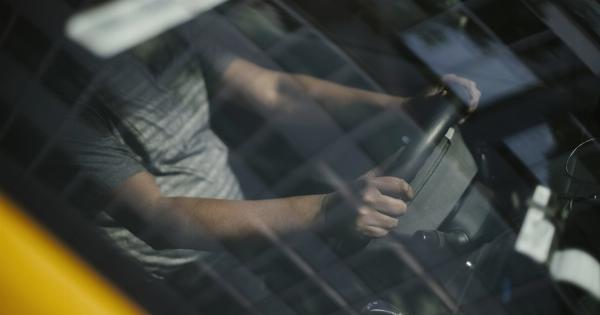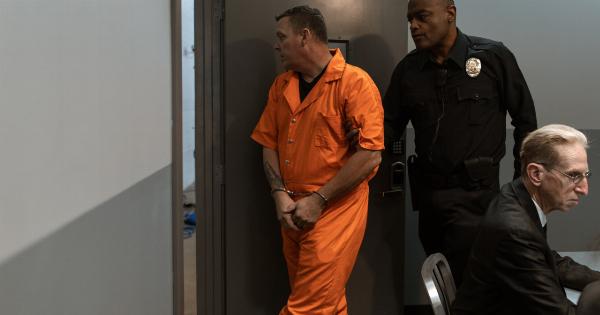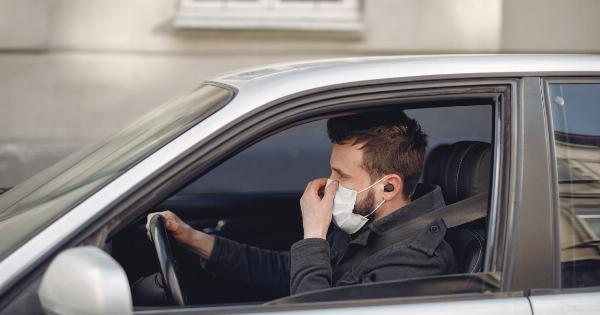In recent years, there has been a concerning increase in the number of motorists failing to slow down for crossings.
These crossings, whether zebra crossings, pedestrian crossings, or school crossings, are designed to prioritize the safety of pedestrians and allow them to cross busy roads in a secure manner. Unfortunately, many motorists seem oblivious to the purpose and importance of these crossings, disregarding the rules and potentially putting lives at risk.
The role of crossings in pedestrian safety
Crossings play a vital role in ensuring pedestrian safety. They provide designated areas for pedestrians to cross busy roads and indicate to motorists that they need to slow down or stop to allow pedestrians to pass.
This is particularly important in areas where pedestrians, including children and the elderly, are more likely to be present.
By failing to slow down for crossings, motorists are not only breaking the law but also increasing the risk of accidents.
Pedestrians are left vulnerable and exposed to potential collisions, which can have severe consequences, including serious injuries or even fatalities. This issue deserves urgent attention and efforts to raise awareness among motorists about the importance of respecting crossings and ensuring pedestrian safety.
Distracted driving and its implications
One of the primary reasons behind motorists failing to slow down for crossings is distracted driving. With the rise of smartphones and other digital devices, drivers often find themselves diverted, focusing more on their screens than on the road.
This lack of attention leads to a failure to notice crossing signs or pedestrians waiting to cross.
To tackle this problem, stricter regulations and penalties could be imposed on drivers caught using their phones or engaging in other distracting activities while behind the wheel.
Additionally, public awareness campaigns emphasizing the dangers of distracted driving and its impact on pedestrian safety should be implemented.
Improving driver education and awareness
Another crucial aspect that needs to be addressed is driver education and awareness regarding the importance of slowing down for crossings.
Many drivers may not understand the risks associated with failing to yield to pedestrians or may underestimate the impact of their actions.
Driver education programs should focus on the significance of crossings, highlighting the legal obligations of motorists and the potential consequences of not slowing down.
This could involve incorporating mandatory modules or tests on pedestrian safety and crossing awareness in driver training programs and license renewals.
Enhancing enforcement and installing better signage
Enforcement of traffic laws is a crucial step in promoting compliance with crossing rules. Increasing traffic police presence on the roads can deter motorists from risking penalties and encourage them to prioritize pedestrian safety.
In addition to enforcement, improving signage at crossings can also contribute to raising awareness. Clear and visible signage can serve as a constant reminder to motorists to reduce their speed and be prepared to stop when approaching a crossing.
Promoting community involvement and citizen initiatives
The involvement of local communities and citizens can also play a significant role in addressing the issue of motorists failing to slow down for crossings.
By encouraging residents to report violations and share their experiences, communities can demonstrate their commitment to pedestrian safety.
Furthermore, citizen initiatives, such as volunteer crossing guards, can provide an extra level of protection and guidance for pedestrians on their journey.
These volunteers can collaborate with local authorities to raise awareness and ensure compliance with crossing rules.
Integrating technology for safer crossings
Advancements in technology present opportunities to enhance pedestrian safety at crossings.
Intelligent traffic systems, which utilize sensors or cameras, can detect approaching pedestrians and adjust traffic signals accordingly to ensure their safe passage.
In addition, innovative solutions such as pedestrian-activated crossing lights or audible warnings can help alert both pedestrians and motorists of each other’s presence, reducing the likelihood of accidents caused by motorists failing to slow down.
The need for continued research and monitoring
While various measures can be taken to address the issue at hand, it is crucial to continuously monitor and assess their effectiveness.
Researchers, transportation experts, and government agencies should collaborate to collect data on crossing violations, accidents, and the impact of implemented interventions.
Monitoring traffic patterns and conducting surveys can provide valuable insights into the root causes of motorists failing to slow down for crossings.
This information can then guide the development of targeted solutions and ensure that efforts to improve pedestrian safety are evidence-based and effective.
In conclusion
The failure of motorists to slow down for crossings poses a significant threat to pedestrian safety.
Addressing this issue requires a multifaceted approach, including raising awareness, improving driver education, enhancing enforcement, implementing technological solutions, and promoting community involvement.
By prioritizing pedestrian safety and ensuring compliance with crossing rules, we can work towards creating safer roads and protecting the lives of pedestrians.
It is essential that both motorists and pedestrians understand their respective responsibilities and work together to foster a culture of safety and respect on our roads.






























